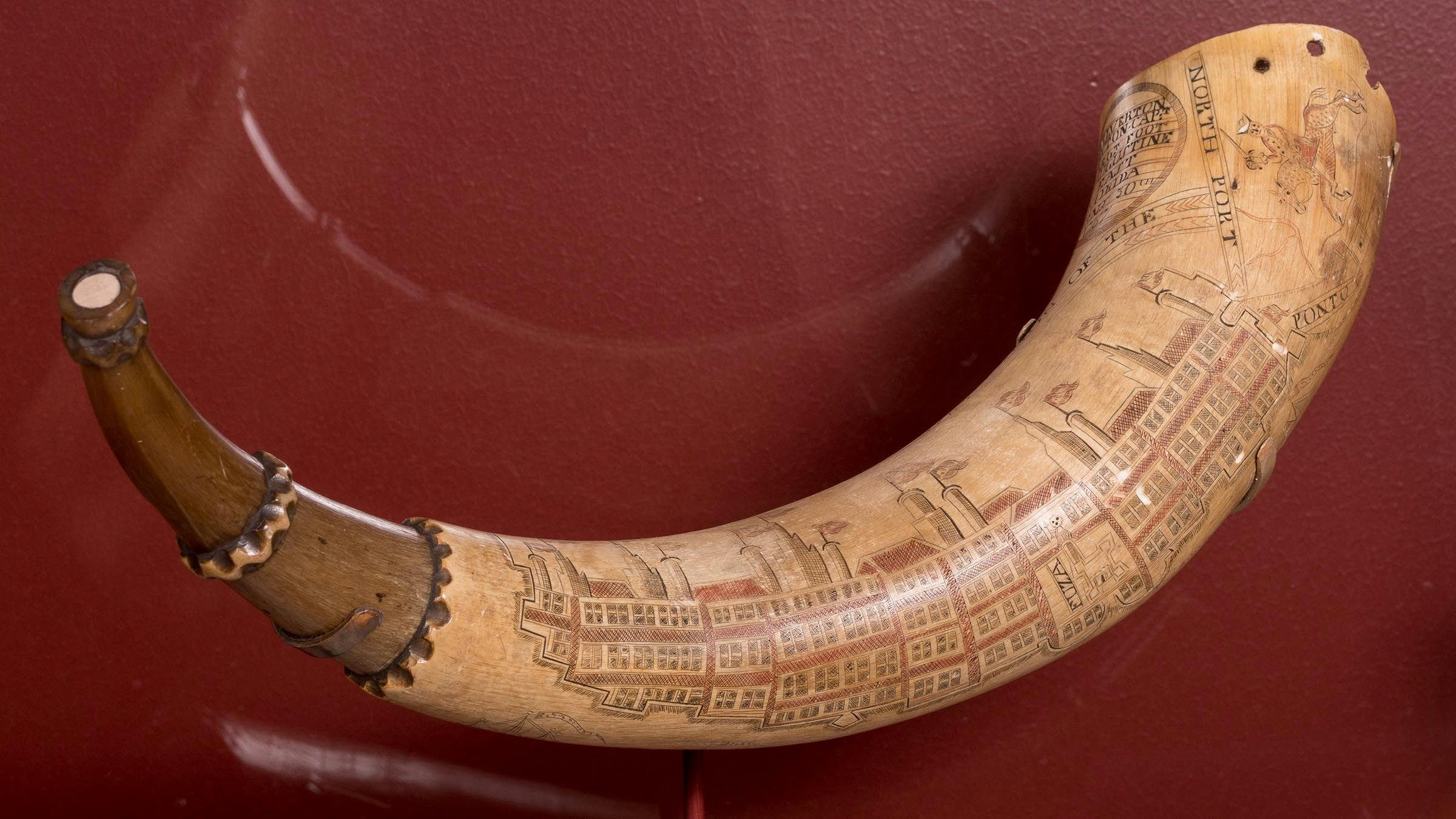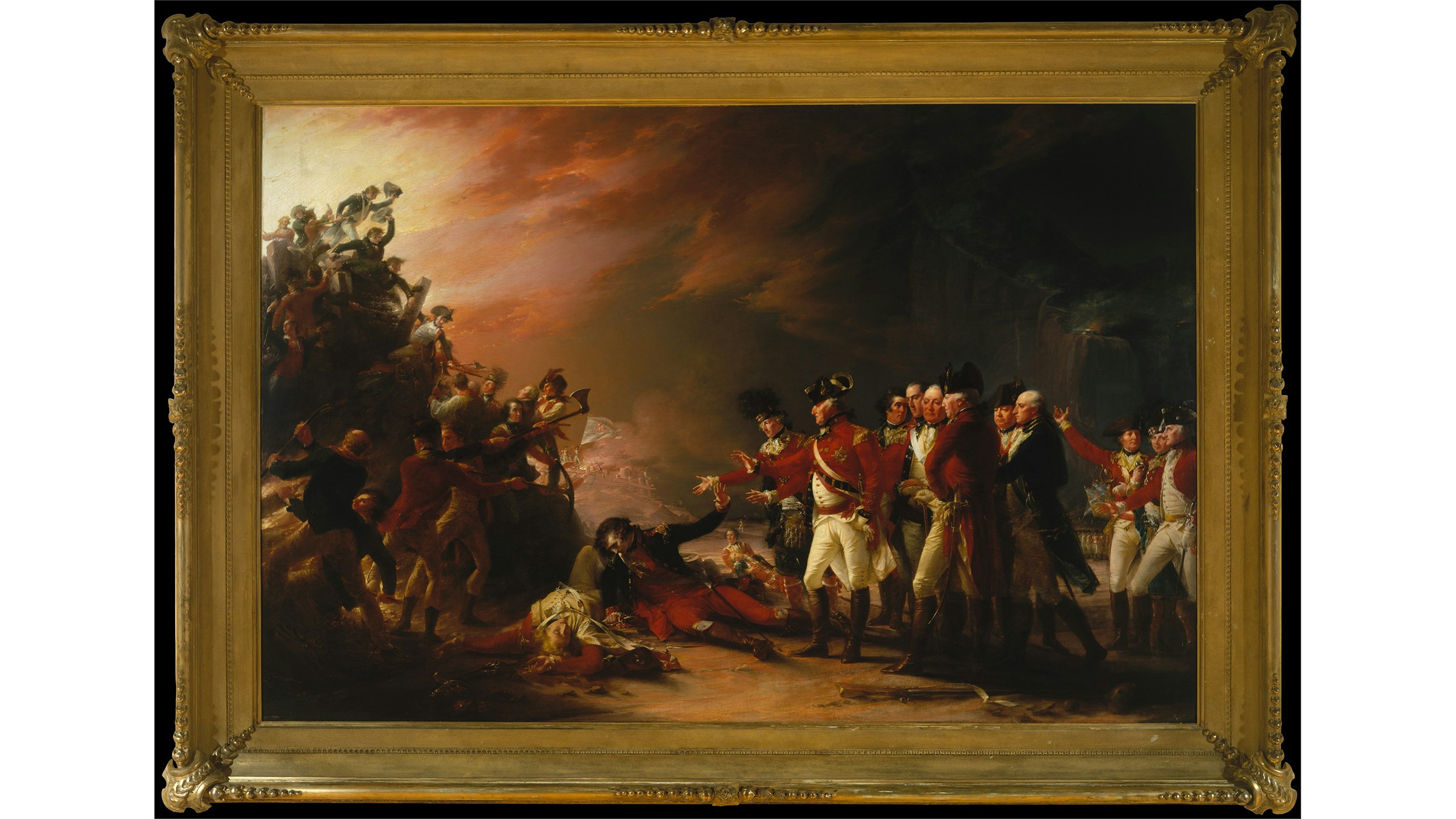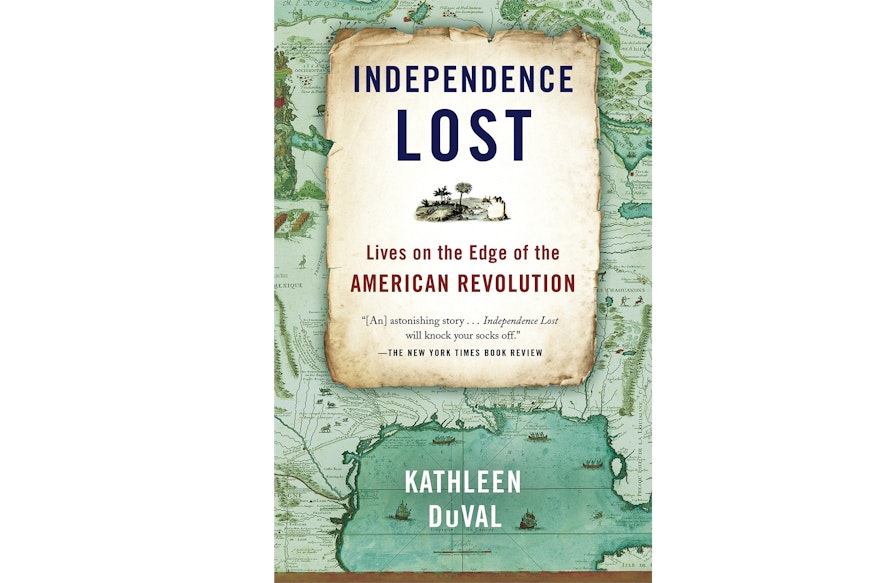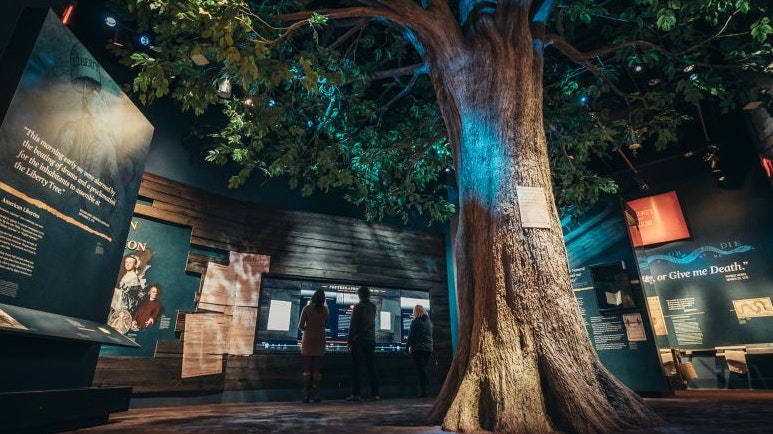what did spain do after the american revolution to discourage american settlements
The Revolution Around the World series explores the impact of the American Revolution on the globe and the influence of people from other countries on the Revolutionary era.
What was happening around the world in 1776? When and why did different countries go involved in the Revolutionary War? What was the touch on of the broader American Revolution on those countries?
Take a closer look as we examine Espana'southward function in the American Revolution.
What was happening in Spain in 1776?
In 1776, Espana was virtually 20 years into the reign of King Charles 3, a fellow member of the majestic Business firm of Bourbon. Charles was one of the European rulers who subscribed to Aware authoritarianism. Like Louis Sixteen in France and Catherine the Slap-up in Russia, he held supreme authorisation merely introduced some of the new ideas almost society and progressive authorities that had emerged in contempo philosophy. Like other European countries, Spain was vying for a global empire. Having centrolineal with French republic in the Seven Years' (French and Indian) State of war, Spain lost command of Florida but gained Louisiana in the peace settlement of 1763. People throughout the world, including in many parts of Central and Due south America, thought of themselves as subjects of – or discipline to – the Spanish empire.

Helm Yelverton Peyton's powder horn commemorates the British departure from Havana, Cuba, on July 7, 1763. Peyton, along with nearly thirty,000 troops, captured Cuba from Espana on Aug. fourteen, 1762. Gift of The Landenberger Family Foundation
When did Spain go involved in the American Revolution?
As presently as the American colonies began their rebellion, Spanish officials considered how this new war might benefit their empire. But other priorities and regions competed for Spain's attention, including in the Spanish-Portuguese War of 1776-1777 over their own North American colonies and borders. That didn't stop the shipment of arms to America though; some of the first imported weapons purchased by New Englanders came from Espana in 1775. In 1779, Spain signed the Treaty of Aranjuez with France, agreeing to support the French in their war against United kingdom of great britain and northern ireland (as part of the American Revolutionary State of war) in return – assuming a victory – for several former Castilian territories and then under British and French control.
Which side did Spain cull, and why?
Spain chose to back up the Revolutionaries past allying with French republic primarily out of global political strategy. Three places played into their thinking: Menorca, an isle off the declension of Kingdom of spain in the Mediterranean; Gibraltar, a point in southern Spain guarding the entrance to the Mediterranean; and the large region of the Mississippi Valley known as Louisiana. In 1776, as the upshot of centuries of conflict, the British controlled Menorca and Gibraltar – key to Spain'due south defense of its coast – and the French held Louisiana – a potentially lucrative source of raw materials. When French republic agreed to return Louisiana equally office of an alliance, Kingdom of spain entered the State of war on the Franco-American side.

The Sortie Made by the Garrison of Gibraltar by John Trumbull (1789) depicts the events of the night of Nov. 26, 1781, when British troops, long besieged by Spanish forces at Gibraltar, made a sortie, or sudden assail, against the encroaching enemy batteries. At center is the tragic expiry of the Spanish officeholder Don Jose de Barboza. The Metropolitan Museum of Art
Who were the cardinal Spanish players in this story?
Past far the about famous Spanish figure in the American Revolutionary War was Bernardo Vicente de Gálvez, a Castilian military officer and governor of Spanish Louisiana who orchestrated a serial of victories confronting British forces along the Gulf Declension. Gálvez is one of just 8 honorary U.Due south. citizens, an honour granted for his service in the Revolution. Other Spanish imperial administrators, similar Francisco Saavedra de Sangronis, contributed back up for the Revolutionary cause, and at ocean, naval commanders like Admiral Luis de Córdova damaged British shipping. Nosotros know less about thousands of other people in the Castilian empire who contributed to the crusade. Some might surprise you, like soldiers serving in racially integrated Spanish units or Petit Jean, an enslaved man whose story was uncovered past historian Kathleen DuVal, who spied and carried messages for the Spanish effectually Mobile (in present-day Alabama) and who achieved his liberty in the new United States.
What was the impact of Spain's interest?
Along with their military support, Spain supplied the Revolutionaries with badly needed arms, blankets, shoes, and currency. While Spain's influence on the Revolutionary War was significant, perhaps the well-nigh profound impact was the broader American Revolution's impact on Kingdom of spain. A generation afterward the end of the Revolutionary State of war, new revolutions emerged in virtually a dozen Castilian colonies in Fundamental and S America. These were led by Libertadores – like Simón Bolívar in Venezuela – who were inspired by new ideas about independence and equality that began during the American Revolution. Their declarations and wars of independence led to the creation of new countries, independent of Kingdom of spain.
Diver Even Deeper
- Related Read the Revolution Recommendations: Read an excerpt from West of the Revolution: An Uncommon History of 1776 by Claudio Saunt about Spanish excursions on the West Coast. Similarly, Kathleen DuVal's Independence Lost: Lives on the Edge of the American Revolution addresses Spanish land speculation west of the Appalachians as European powers vied for territory on the North American continent. Plus, an extract from Thomas Fleming's The Perils of Peace: America's Struggle for Survival After Yorktown describes Britain's connected offensive against the French and Spanish at sea following the British surrender at Yorktown.
- True Colours Flag Project: Larn more almost Spain's function in the Revolutionary War at sea through the Museum's True Colours Flag Projection, which set up out to recreate large flags flown by privateers and navy ships by countries like the United States, France, Britain, Espana, Portugal, and more during the Revolutionary War at sea.
- Stay tuned for more than coming very shortly!
Learn More

West of the Revolution
Read this excerpt from Claudio Saunt to acquire nigh an ambitious, nevertheless illegal under British law, land scheme to settle a fourteenth colony on the West Declension.
Read More 
Independence Lost
This excerpt from Kathleen DuVal sets the phase for the American Revolution on the Gulf Declension and tells stories that give international perspectives
Read More 
Virtual Museum Tour
Explore the Museum of the American Revolution's Virtual Museum Bout to immerse yourself in the history of the nation's founding through 360-degree panoramic images, high-resolution images of objects and artifacts, and a guided audio tour.
Read More thanhumphreythourbsixot48.blogspot.com
Source: https://www.amrevmuseum.org/spain-and-the-american-revolution